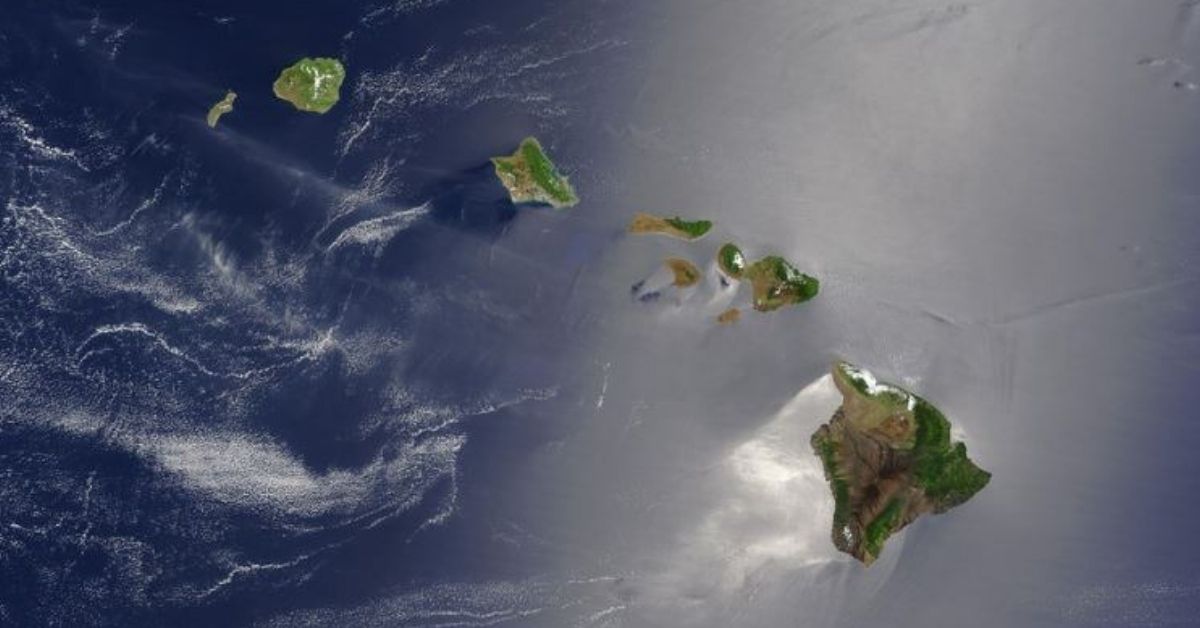When most people think of Hawaii, they think of a series of paradise islands, like the Big Island, Maui, O'ahu, and Kaua'i.
But the archipelago has many other islands and islets in the North Pacific Ocean.
If you go further north of those main islands, you'll get to the French Frigate Shoals, which is the largest atoll in the Northwestern Hawaiian Islands.
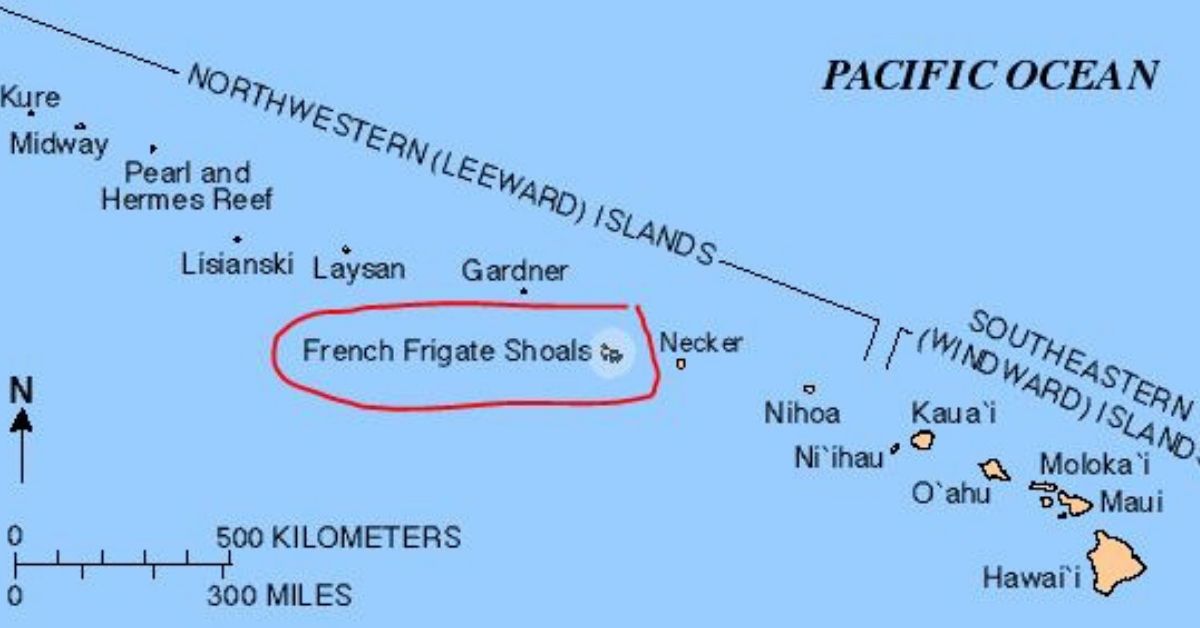
While you've never set foot on the East Island in the French Frigate Shoals, you probably won't ever get the chance to, because of a Category 5 storm that sent this gorgeous strip of land under the ocean.
Hurricane Walaka, which struck East Island earlier this month, has been recorded as the second-strongest tropical cyclone to wreak havoc on the central Pacific.
This photo below shows just one part of the formally gorgeous land and the coral reefs surrounding it.
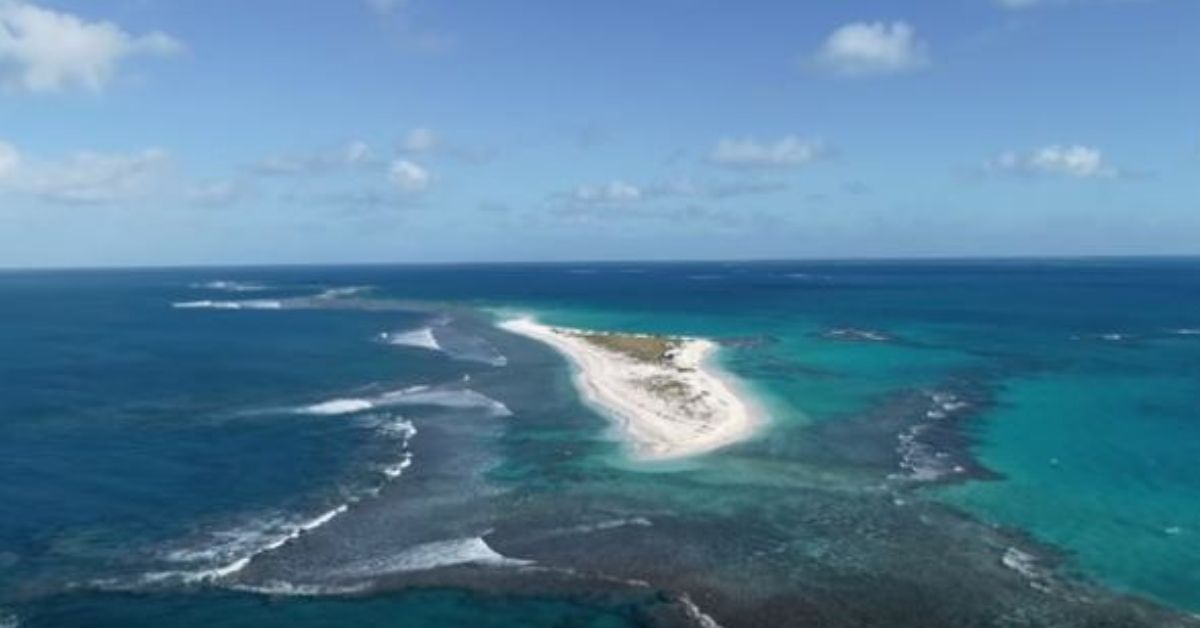
Honolulu Civil Beat posted satellite images on their Twitter showing the disastrous effects of the monster storm.
The U.S. Fish and Wildlife Service shows before-and-after images of the island, and the difference will shock you.
Hurricane Walaka, one of the most powerful Pacific storms ever recorded, has erased East Island, which is part of French Frigate Shoals in the Papahanaumokuakea Marine National Monument. https://t.co/x9moCB1WA5 @NathanEagle #HIwx #Hawaii pic.twitter.com/BckfalPR90
— Honolulu Civil Beat (@CivilBeat) October 23, 2018
Why this is a big deal?
Although humans don't call these 11-acres of sand and gravel home, a few animals do.
Before East Island was erased from the map, it was a critical habitat for endangered Hawaiian monk seals and green sea turtles.
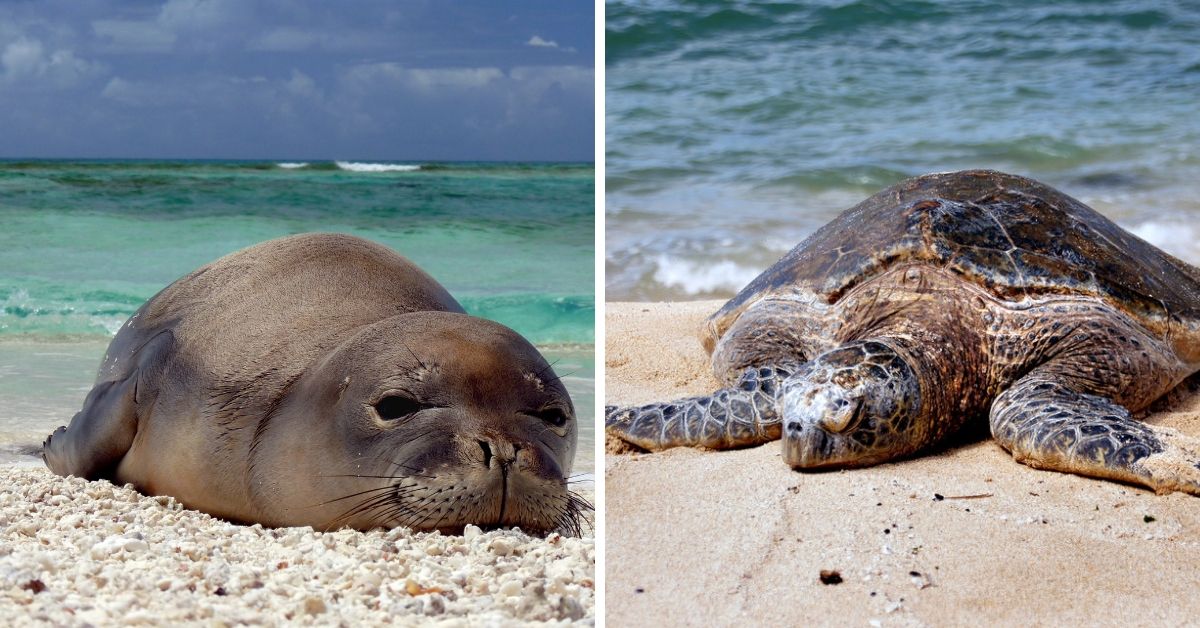
"About 96% use the atoll and about half of them used this island," Chip Fletcher, from the University of Hawaii's School of Ocean and Earth Science and Technology, said about the green sea turtles.
And according to Charles Littnan, a conservation biologist with the National Oceanic and Atmospheric Administration, appropriately one-seventh of Hawaiian monk seals were born on the island.
Unfortunately, powerful storms like Walaka are predicted to happen more often, as a result of rising global temperatures and a warming ocean.
"This is not surprising when you consider the bad luck of a hurricane going into that vicinity and sea level rise already sort of deemed the stressor in the background for these ecosystems," Fletcher told HuffPost. "The probability of occurrences like this goes up with climate change."
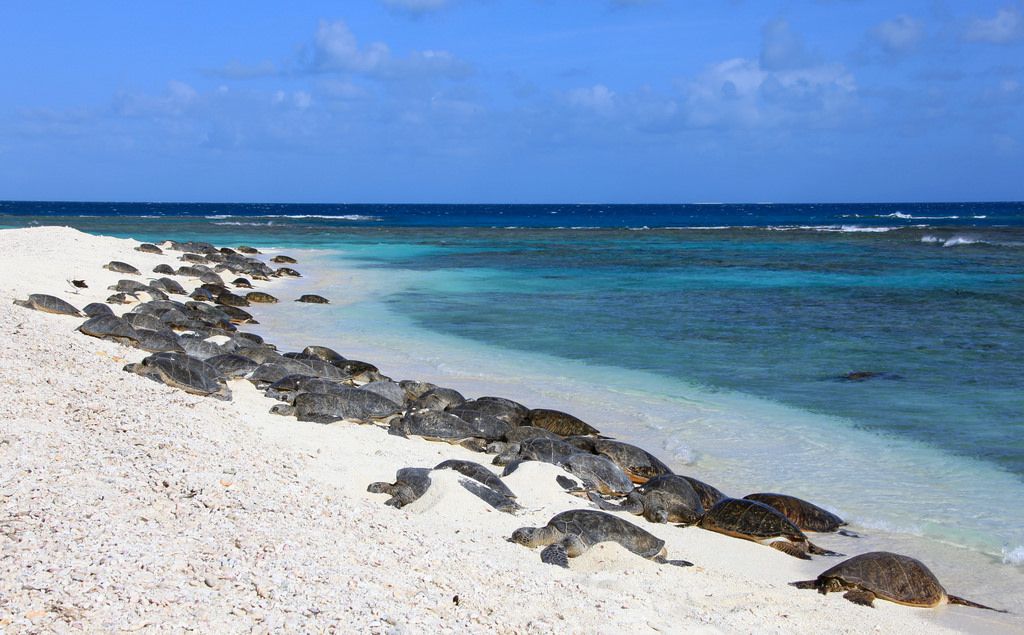
While there's a chance East Island can resurface, scientists say it's too early to tell.
As for the animals, researchers will understand just how devastating the storm was for them the next time they survey their populations.
